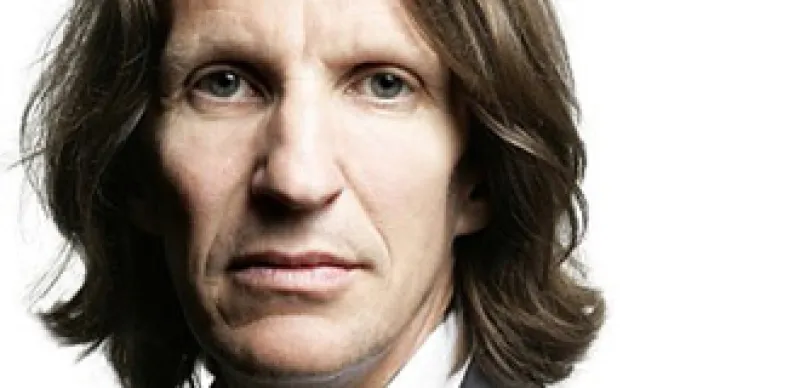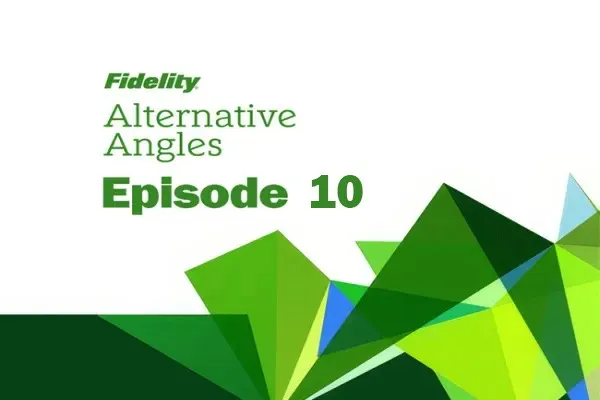GLG Partners has thrived on its ability to recruit a stellar array of fund managers, usually by tapping hotshot proprietary traders at major investment banks. This assembly of talent is the real prize that Man Group sought with its acquisition.
What lures these star traders, who would have no shortage of alternative employment, to GLG? The firm offers them considerable autonomy to manage money, the opportunity to amass even more wealth — and the chance to work with one another. “One of the big attractions of working here is that you get to sit with, and feed off, very smart people,” says Noam Gottesman, the New York–based head of GLG’s U.S. business.
This is no empty boast. Consider the co-heads of GLG’s emerging-markets strategies, who jointly manage $3 billion. Karim Abdel-Motaal has a Ph.D. in economics from Harvard University; Bart Turtelboom earned his economics doctorate at Columbia University. The duo, former emerging-markets prop traders at Morgan Stanley in London, had considered launching their own fund but chose to go with GLG because it offered the freedom to run their own strategy and the support structure of a larger firm. They arrived in September 2008 to replace Greg Coffey, once the brightest of GLG’s stars, who at one point managed almost a third of the firm’s money. The pair quickly delivered results. They generated a return of 24.6 percent in 2009, behind the 35 percent rise in the HFRI emerging-markets global index but outperforming many other emerging-markets funds, including Coffey’s at Moore Capital Management (where he now works), which was up 20.1 percent. The GLG fund climbed a further 12.6 percent in 2010, slightly ahead of the index’s 12.13 percent rise.
Driss Ben-Brahim, a former partner and emerging-markets prop trader at Goldman Sachs Group, has delivered similarly impressive returns in macro strategies since joining GLG in 2008. His $500 million Atlas Macro fund, which invests across all asset classes globally, was up more than 25 percent in 2010. Ben-Brahim recently launched the onshore Atlas Macro Alternative fund, a version that complies with the European Union’s UCITS III mutual fund rules and is open to European retail investors with a minimum commitment of $1,000.
Steven Roth enjoyed a strong reputation as the head of convertibles at Deutsche Bank before he arrived at GLG in 2005 to help fill the big boots left by Philippe Jabre, whose dabbling in convertibles racked up large profits for GLG but attracted hefty fines from UK and French regulators for using nonpublic information. Roth manages $1 billion in market-neutral strategies, more than half of which is invested in convertibles, and has delivered average returns of more than 10 percent a year to investors over the past five years. Not
that the ride has been smooth: Roth’s strategy dropped 54 percent in 2008 before rising 115 percent in the next 15 months to set a new high-water mark.
He told Institutional Investor last year that he took advantage of depressed valuations to buy high-yield and distressed paper as well as subordinated financial paper and U.S. real estate investment trusts.
GLG deploys its stars across more than 40 multistrategy funds, which typically can invest in a range of asset classes. “Our multistrategy approach gives us flexibility,” says Gottesman. “Once a client has made his asset allocation decision, it’s our responsibility to pursue returns by whatever strategy necessary.” Last year, for example, many investors moved away from distressed investing because of the economic recovery, but Galia Velimukhametova generated a 36 percent return in her European distressed strategy, easily beating the 11.26 percent rise in HFRI’s distressed/restructuring index.
GLG’s alternative funds are invested across a range of asset classes, including $6 billion in fixed income and convertibles and $8 billion in equities. Somewhat surprisingly for a firm of such bold traders, nearly half of GLG’s assets — $13.3 billion — are in long-only portfolios, a legacy of the 2008 acquisition of Société Générale Asset Management’s U.K. business. GLG regards this as a positive factor, not something that dilutes the firm’s focus. “Long-only funds give us a chance to compete with mainstream asset managers, and it boosts our assets under management and fees,” says Gottesman.
The diverse range of products and managers gives GLG greater stability and reduces the risk of a star trader departing — no small consideration for a firm that was shook by the departures of Jabre and Coffey. “We now have a balanced business, and no single group accounts for a disproportionately large amount of the business,” says Gottesman. Fellow principal Pierre Lagrange insists that GLG knows how to keep its talent happy: “We have a star system here, but there’s absolutely no doubt you can have teamwork and a process-oriented firm alongside it.”






